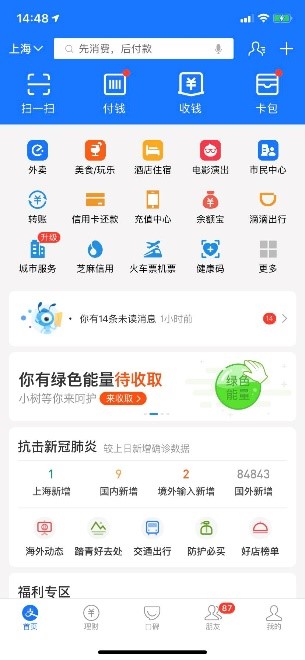How Technology Can Instill Confidence in Air Travel
Air transportation is an important driver of many nation’s domestic commerce, especially in large expansive countries like the USA, China, India and Australia. It connects the multiple regions of the country by providing a speed of service unmatched by any other transportation mode. In the USA, air travel was also the vector that enabled localized outbreaks of COVID-19 to pass undetected throughout the nation. Therefore, the process to reopen national economies must recognize the public health hazard posed by air travel and provide protocols that help mitigate the risks.
The guidelines released by the United States Federal Government on April 16th did not include advice to resume a meaningful volume of interstate and inter-regional travel.1 Rather, States must decide independently when to reopen their economies and resume local travel, including if and how to undertake public health screenings. Airports and passenger aircrafts are categorized as “large venues” under the Federal guidelines. These guidelines are similarly vague for all three phases for reopening local economies: ranging from “strict” physical distancing protocols, to “moderate” protocols, and to “limited” protocols. However, the guidelines do not define what strict, moderate, or limited mean. Different States and regions will progress at different speeds through the successive phases of reopening their economies. States and regions could regress due to new outbreaks that result from reopening too fast without proper protocols in place.
How China Manages Its Domestic Public Health Screening?
Several countries in Asia have health and quarantine facilities integrated into airport terminal processes because of their experiences responding to past epidemics such as the 2003 SARS outbreak. Currently, China provides an illustrative example of how to open the aviation system once control is gained over the spread of COVID-19. The Chinese approach involves involvement by several layers of government with participation from the private sector.
Essentially, the central government promulgates policies for the 23 individual provinces to implement. While the provinces use similar systems, there is no unified database that determines whether people can fly. The most common approach uses a system of color-coded health QR codes (green, yellow, and red) accessed with a smartphone.2 Only people with green QR codes may travel freely, and passengers must obtain the green code for their destination prior to traveling. For most flights, this typically occurs at check-in using a smart phone. Gate agents then recheck the QR codes before passengers can board the aircraft.
Obtaining a health QR code involves entering personal information locations visited within the past 14 days, exposure to persons coming from COVID-19 hot spots, mode of travel and health conditions.
It is unclear exactly how much information is matched with national databases for confirmation, but entering false information into a government database is subject to civil penalties which users are reminded of before submittal. Because of the use of different systems and requirements, a passenger can have a green code for the origin city, yet a yellow code for the destination, in which case, the passenger cannot board the flight.
The private sector is involved with facilitating access to health QR codes notably through two APPs that are ubiquitous on Chinese smartphones: Alipay (Alibaba) and WeChat (Tencent). Use of smartphones and QR codes are widely accepted for making payments, thereby making adoption of QR codes for health screening and contract tracing very easy. Both Alibaba and Tencent have worked with provincial and municipal authorities to access their databases to produce the appropriate QR codes.
There is movement towards integrating systems or for governments to accept health codes from neighboring jurisdictions. For example, the municipalities of Beijing and Tianjin along with Hebei Province all accept each other’s health codes as valid authorization for travel. It is likely that there will be continued integration of systems to facilitate travel as the pandemic continues.
Why Define National Standards?
Providing a national standard for health screening air passengers prior to their entry into airports and aircraft provides three important benefits. First, the standards may reduce the need for social distancing in airports and on aircraft. Air passengers will have increased confidence that the person next to them in the airport and on the aircraft is also healthy. This enables airlines to carry enough passengers on each aircraft to make flights profitable and end the need for Federal support. Second, the standards will mitigate the risk of air travel being the vector that enables localized new outbreaks of COVID-19 from becoming a national problem and creating a second round of economic decline. Lastly, providing national standards improves our preparedness for the next epidemic. These procedures will be used until a vaccine against COVID-19 is developed and will make nations better prepared for the next health crises, thereby enabling us to limit its spread and economic impact.
There are many ways airports and airlines can implement screening in the absence of National government guidance. However, a coordinated and uniform policy increases the probability that screening will be more effective and less burdensome. The Chinese have shown that mobile devices can play an important role in the public health screening process. This makes the private sector an essential partner in the development of a more user-friendly and acceptable system. It is instrumental that governments establish the appropriate partnerships and processes that will restore confidence that air travel is safe and get our nations moving.
Contributors: Written by Peter Jolicoeur and Matthew Lee with Richard Barone.
Yellow Health QR Code for Anhui Province

Alipay APP Main Screen with Health QR Code Function
